Ex-Jaguar design chief Ian Callum has partnered with Motability to create an electric car designed specifically around wheelchair users, with unique features to make the car “more desirable” for customers than the converted vans currently on offer.
The eVita concept, created by Callum's eponymous design agency and based on Stellantis's mid-sized electric MPV platform, shows "what is possible when inclusive design and engineering are at the fore" by rethinking the conventional packaging of an EV to offer maximum interior space in as small a footprint as possible.
Measuring 4520mm long and 1908mm wide, it takes up about as much road as a Hyundai Tucson but is substantially taller at 1800mm, which, with a unique slimline battery packaged just behind the front seats rather than across the floorplan, allows a much higher ceiling than is allowed in conventional EVs of this size.
This extra space and completely flat floor mean wheelchair users can move around more easily and sit at the same height as those in the front seats, making it a more inclusive experience for vehicle occupants, Ian Callum told Autocar.
The low, 180mm ride height will also reduce the risk of car sickness felt by those in the back from being seated too high – an issue that can affect current wheelchair-accessible vehicles (WAVs).
Other unique design elements include a rear-mounted ‘utility bar’ that gives those in the back access to infotainment, climate controls and more, and two charging ports, with one mounted low enough to be accessed by wheelchair users.
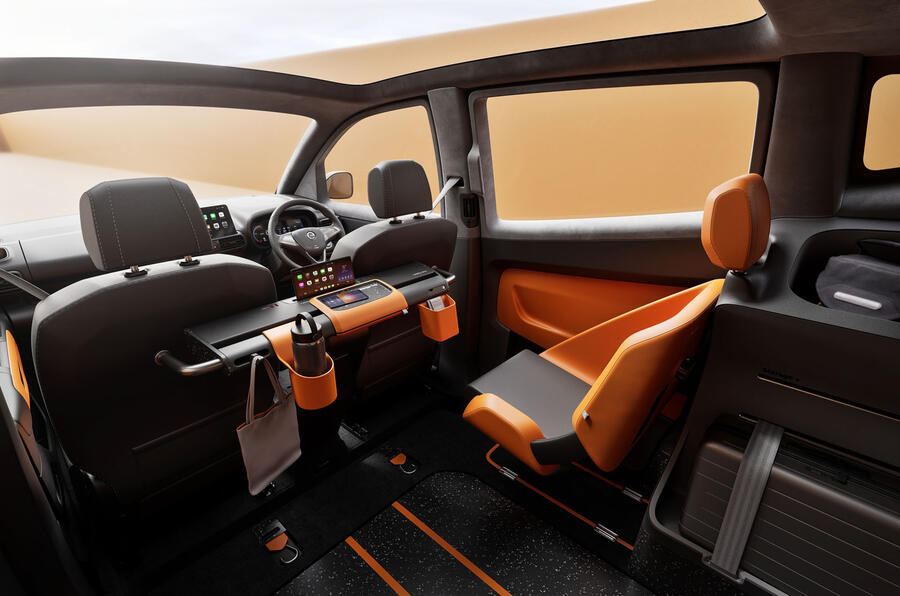
There are also puddle lamps that project the shape of the wheelchair ramp onto the ground, to avoid other motorists parking too close and preventing the split tailgate – which hides a built-in ramp – from opening.

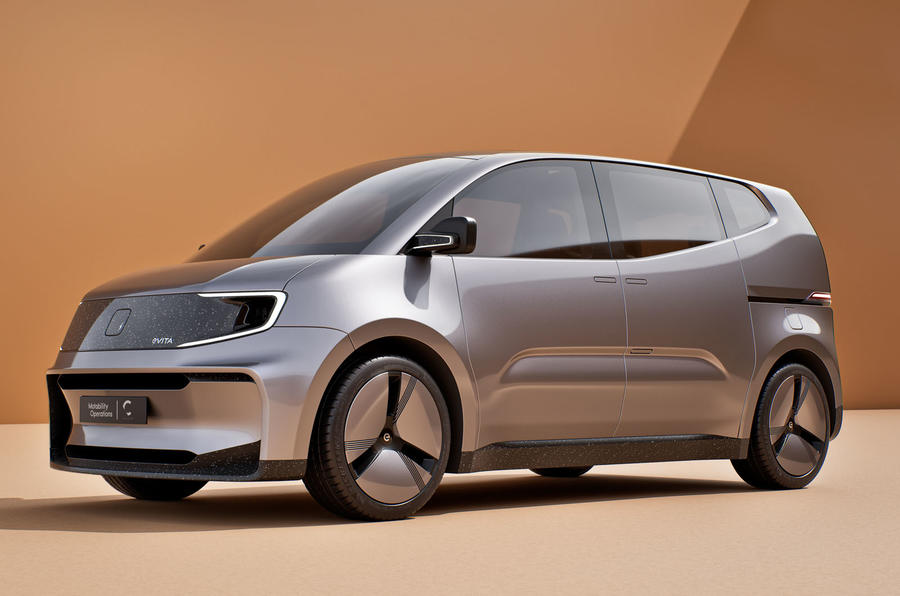
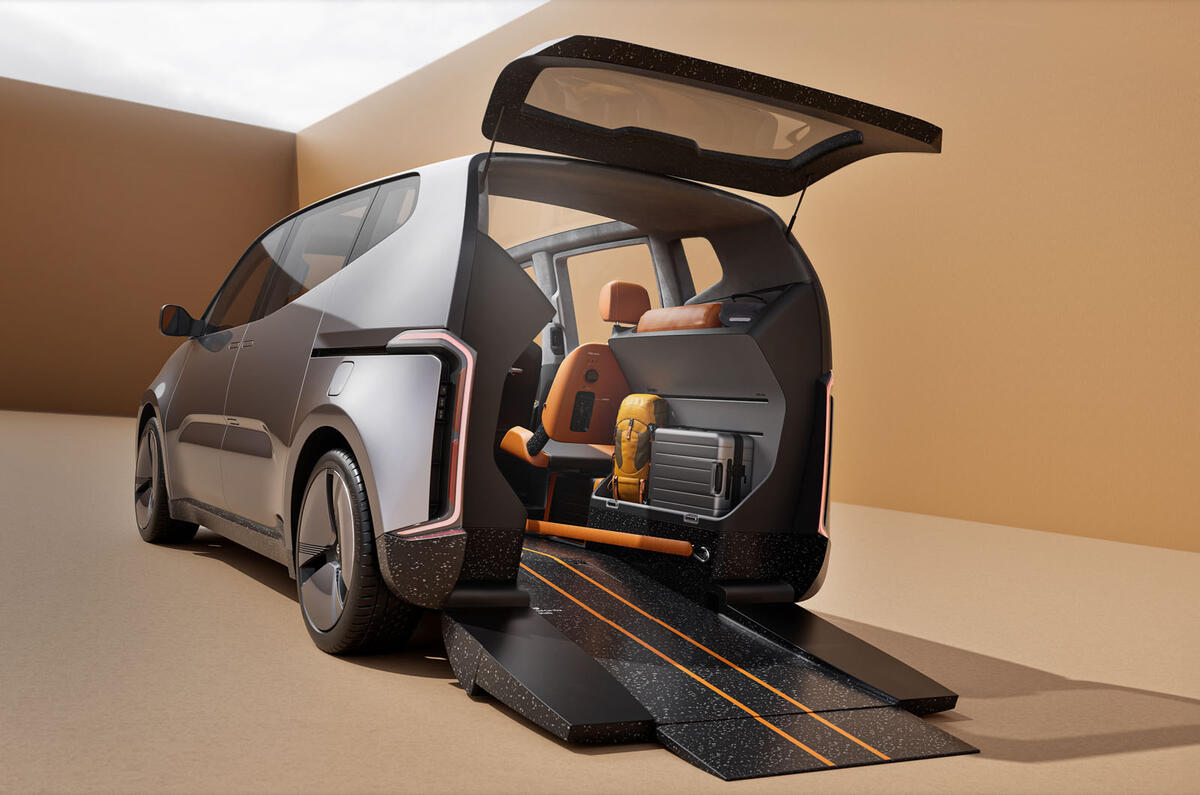
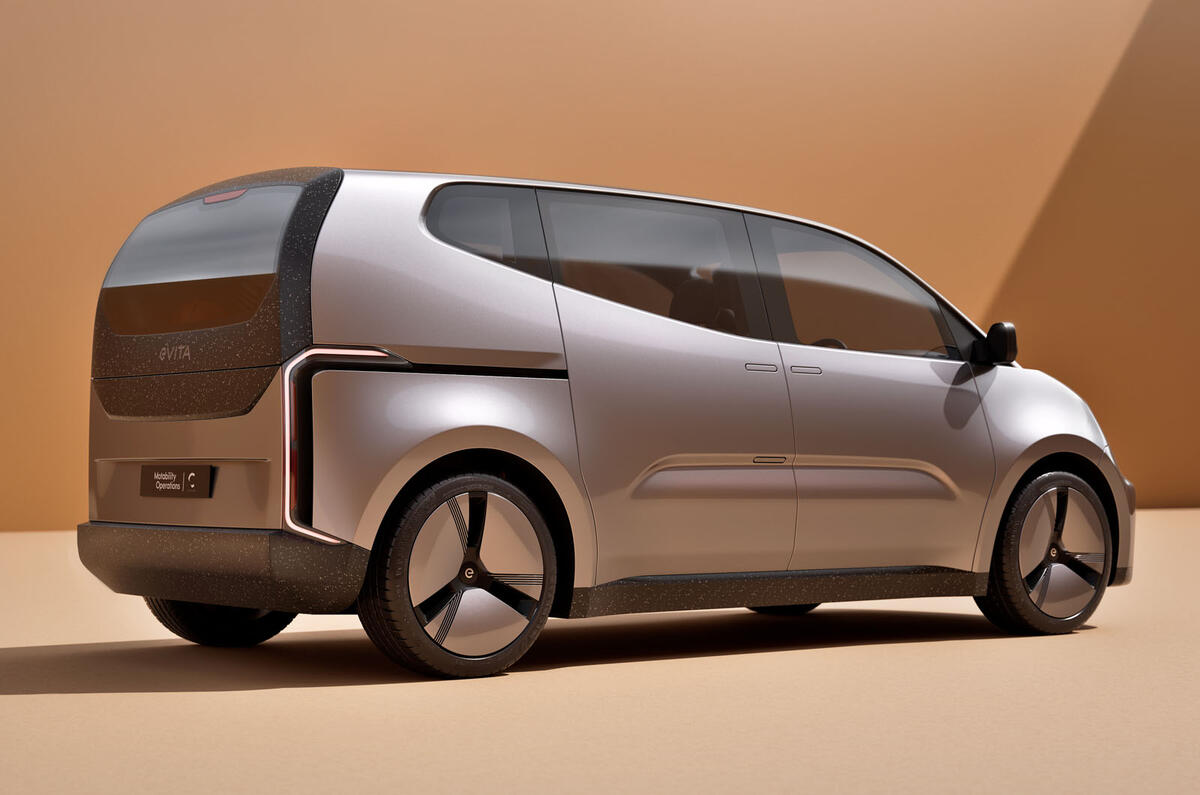
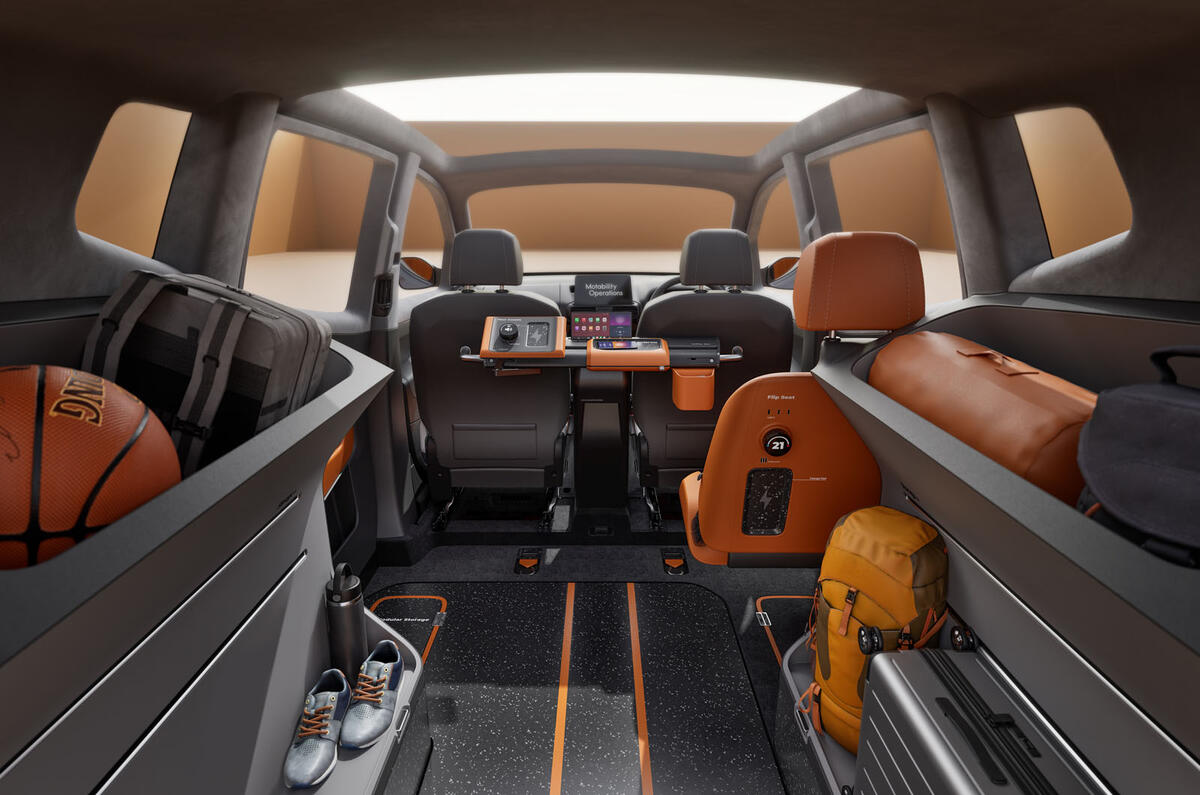





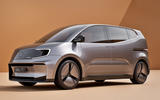










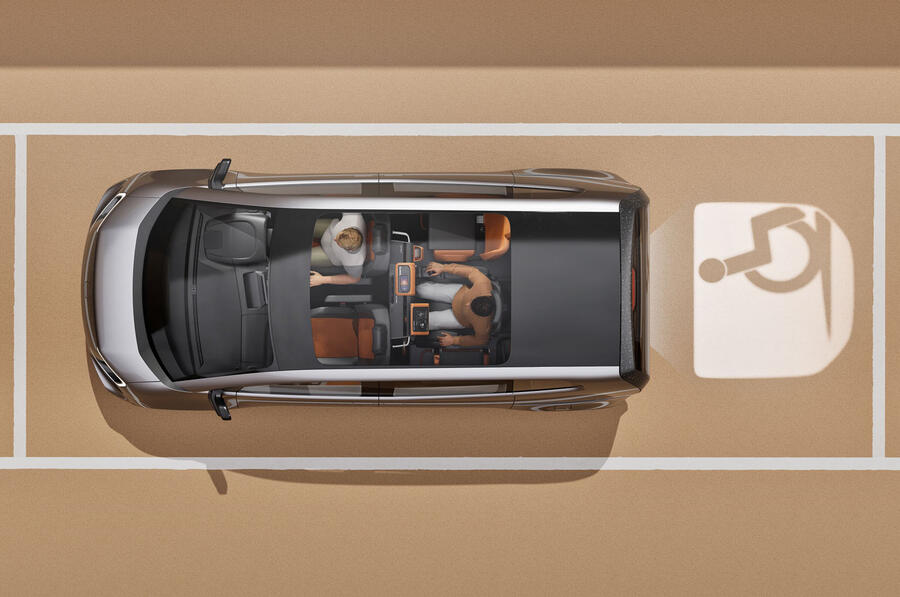
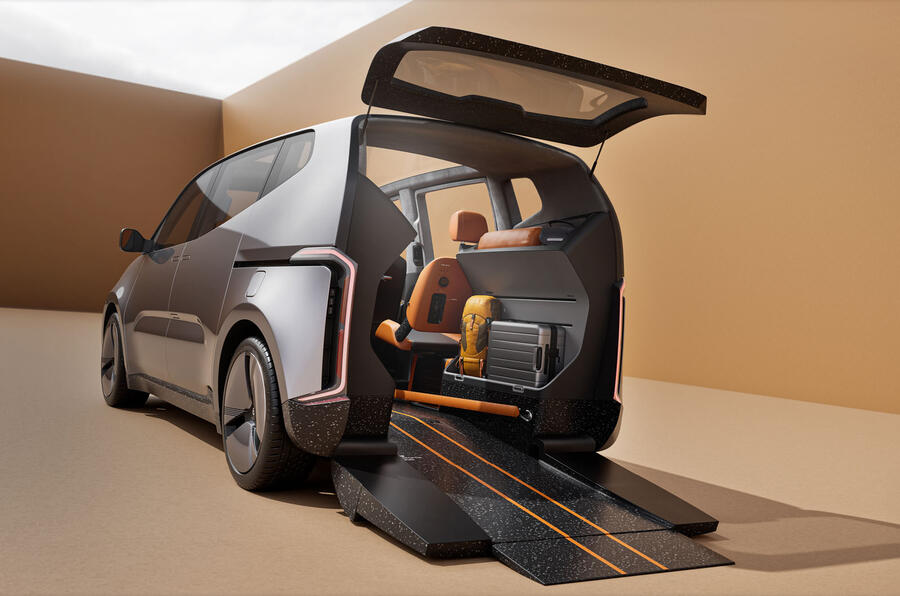
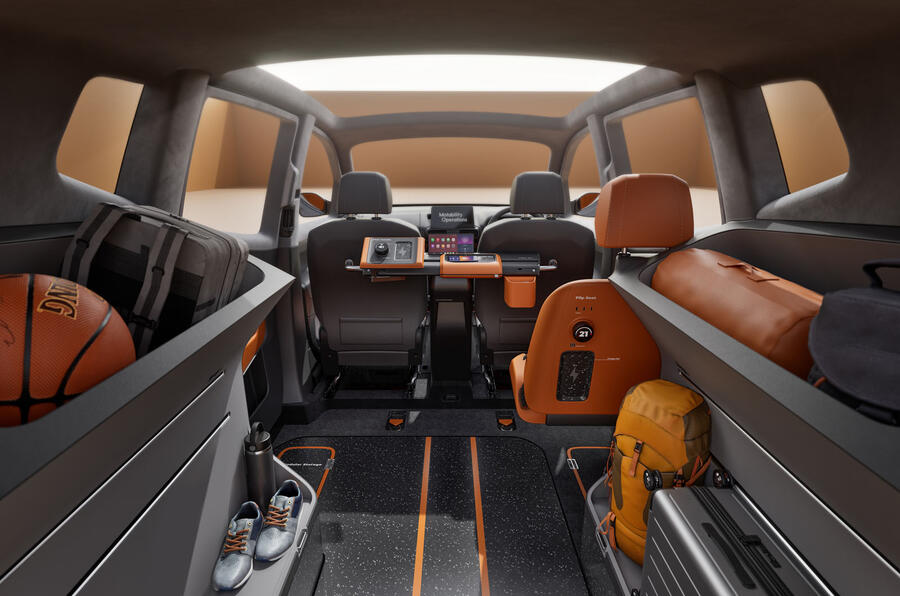







Join the debate
Add your comment
And do we think Motobility UK will sell them?, we've no inkling of cost to go on, it does look very attractive but also looks pricey.
ok, didn't read the first line,hmm, still don't think even with PIP and other benefits, for most it will be too expensive.